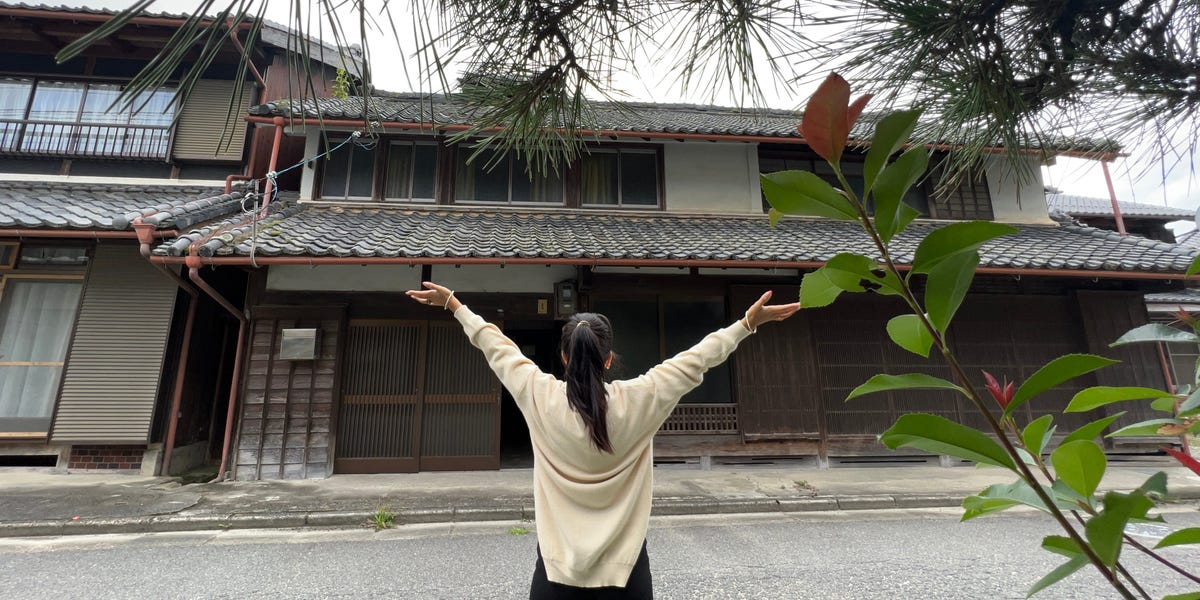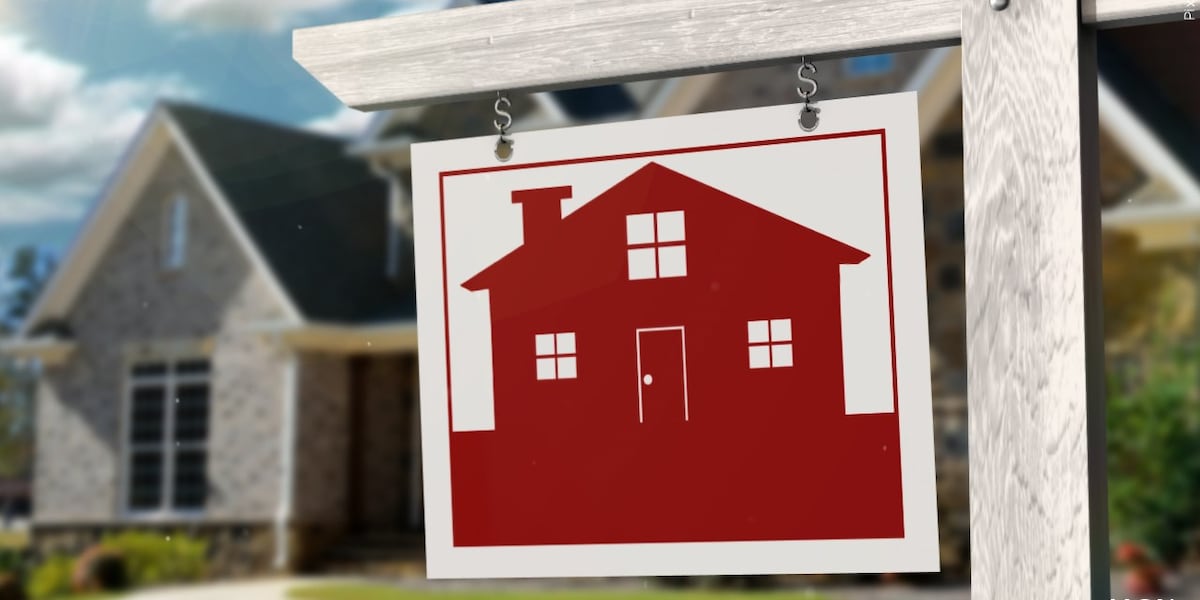C
oline Aguirre, a 27-year-old from France, bought a traditional Japanese house in the countryside when she was 24. She had always been drawn to these types of houses after staying in one during her high school exchange program in Japan.
Aguirre's love for traditional Japanese houses began during her year-long stay in Kanagawa prefecture, where she visited her host family's grandparents' home. The house, built in the 1970s, had elegant wooden beams and beautiful tatami rooms. "That was the first time I slept in a tatami room," Aguirre said. "Before that, I had only been in really modern city houses in Japan." She fell in love with the traditional style and knew she wanted to own one.
Fast-forward to 2021, when Aguirre was working as a freelance photographer in France. She and her mother would browse real-estate websites and window-shop for homes. "At the time, I was discovering the real estate market in Japan and noticing the really low prices," Aguirre said. In contrast to France, where a countryside home could cost up to 200,000 euros, some houses in rural Japan could be bought for as little as $500.
Aguirre's hunt for a "kominka" or farmhouse began, with her criteria being a house at least 100 years old. She wanted a large property with enough room for a photo studio and an old house built with materials meant to last. When she found the listing for a 3,200-square-foot property in Uda, a small town about 50 miles south of Kyoto, she knew it was the one.
Aguirre bought the two-story house remotely without seeing it in person, paying around 4.9 million Japanese yen for the property in 2022. She officially moved to Japan alone later that year and started restoring the house, trying to keep as much of the original structure as possible. The main changes she made were getting rid of the septic tank and connecting the property to the public sewage system.
Aguirre has been learning DIY skills, such as making tiles and waterproofing the shower, and has also hired contractors to help with the renovation. She runs an online boutique selling vintage kimonos and offers kimono photography sessions on the side. Her husband, who is in the French Army, visits her whenever he can.
Aguirre's experience is part of a growing trend of foreigners relocating to Japan. The number of foreign residents in Japan reached a record high of 3,768,977 at the end of 2024. Aguirre hopes to continue growing her real estate business and connect traditional Japanese homes with buyers seeking unique spaces for their creative projects.
Despite the challenges she faced, including staying focused on her goals and improving her Japanese language skills, Aguirre says it feels like she's only begun to scratch the surface of her dream. "Three years is just a trial," she said. "Sometimes, you'll need to wait for the thrill of the move to die down before you know if it's really for you."














